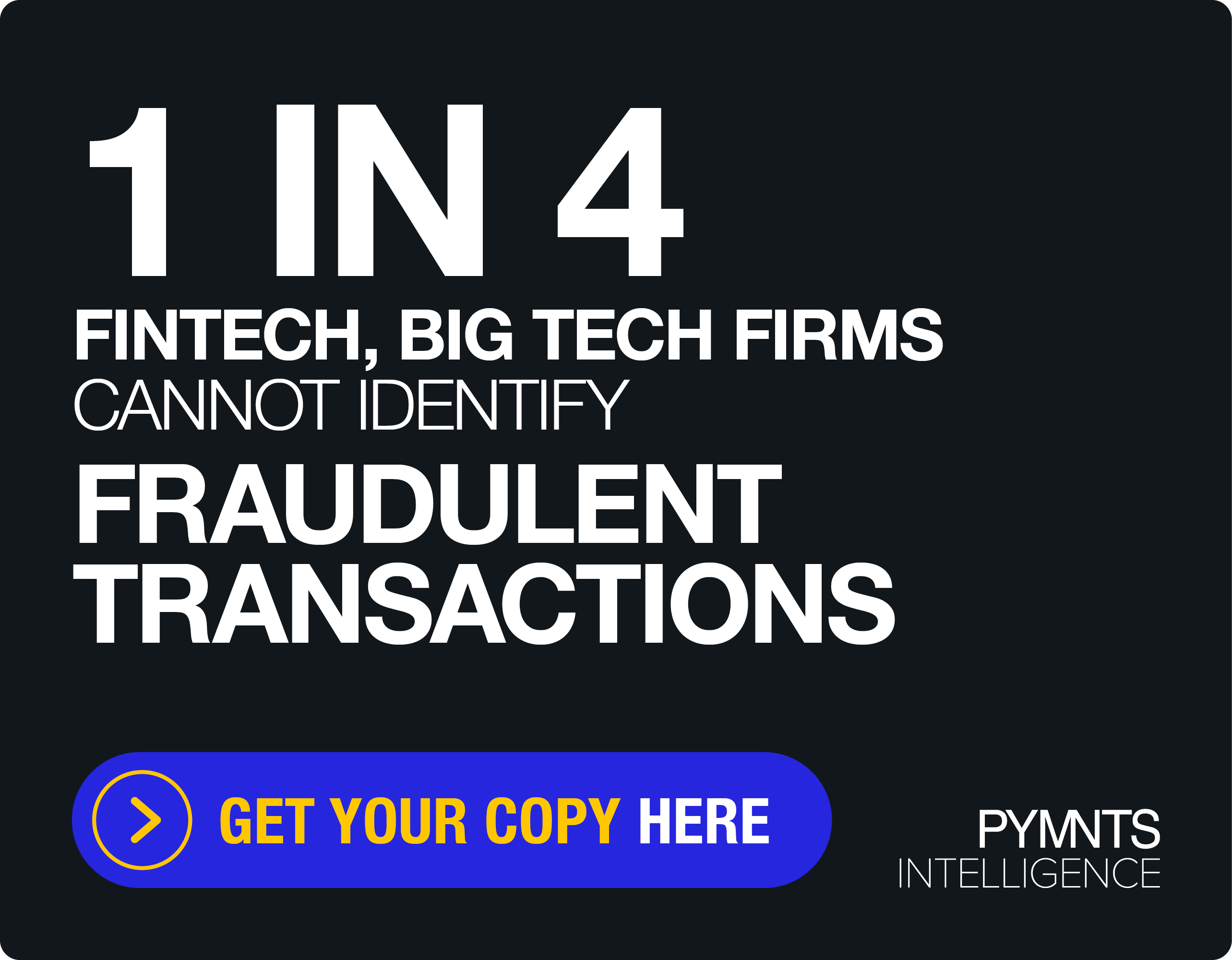Commercial Payments Trades Legacy Processes for Modern Digital Efficiencies

Today’s macro climate has firms of all shapes and sizes sharpening their go-forward strategies.
And when faced with the question of buy, build or partner, sometimes it makes sense to do all three.
After all, larger firms can buy with an eye toward building atop of their new foundation, which then offers attractive new avenues for value-add partnerships.
That’s why PYMNTS sat down with Todd Manning, head of commercial strategy, M&A and alliances at American Express (Amex) and Trina Dutta, VP/GM – B2B payments automation and APIs, Global Commercial Services at Amex, to discuss both the launch of Amex’s Sync Commercial Partner Program and the growth of embedded finance more broadly.
“It’s important to meet our customers where they’re doing business,” Manning says, explaining that many commercial firms are torn between wanting access to a broad range of digital-first business-to-business (B2B) solutions, but remain hesitant about using them or switch between multiple software providers.
“When we create a better experience for developers to consume and access our APIs, we also make it easier for customers then down the road to have the experiences that they want within their end platform,” Dutta adds.
The APIs are designed to be agnostic to the use case, offering flexibility for different types of platforms and transactions. This means that developers can tailor the solution to suit their specific needs, ensuring a seamless integration with their existing systems.
In the fast-paced world of payment solutions, flexibility engenders efficiency which supports long-term growth.
Embedded Finance Runs on Integrated Flexibility
Trillions of dollars exchange hands within the U.S. annually during the normal course of commercial transactions, but this total volume stands at odds with the difficulties that many commercial enterprises face when making business payments.
The traditional invoicing process is hamstrung by historically manual processes that include wiring money and paper checks all buried under the mountains of paperwork and bureaucracy surrounding the occasion.
That’s why many industry observers and insiders believe virtual cards offer compelling change-the-game solutions when it comes to commercial payments.
“Embedded finance as a big growth area, we see the market tripling or quadrupling within the next five years. We think this is a large secular shift to a new way of doing business,” Manning explains. “Having virtual cards embedded directly in the platform in a very user-friendly way is something that has been a source of a lot of utility.”
“[Virtual cards] work across multiple use cases, which is part of the flexibility — you can use it across procurement, expense management, accounts payable, and even more specific needs across other areas,” Dutta adds.
Behavioral Trends Reshape B2B Engagements
Virtual cards can help firms reduce B2B errors, improve cash management and increase the transparency of their accounting workflows — and these benefits are driving a slow but steady shift in the behavioral norms and expectations traditionally wrapped around commercial transactions.
“There’s a larger change that’s taking place in terms of converting less efficient forms of payment to digital forms, and we see that trend continuing. We think there’s a lot of room to help companies improve their efficiency and make better decisions in terms of their cash flow,” Manning says.
“Small businesses, midsize businesses, large corporate customers are [now] expecting an experience more similar to what they get in the consumer part of their life, with intuitive use cases and a streamlined process,” he adds.
But as commercial players move away from old forms of payment and embrace new vehicles, they are bringing with them the complexities and even redundancies inherent to their legacy ways of transacting.
“There’s a lot of nuance in addressing B2B customer needs. There’s a tremendous amount of variation … which is why virtual cards [and embedded finance solutions] are well positioned to more flexibly and efficiently meet that variety of needs,” Dutta explains.
“At the end of the day, it’s about providing a top-quality experience. The goal is to deliver a great customer experience by making sure that service is at the core — that previously unmet needs across the B2B ecosystem are now being solved for,” she adds.
While enterprise inertia and resistance to change by senior decision makers can hinder adoption of modern payment solutions, the B2B landscape is undergoing a transformative shift that commercial firms looking to succeed would do well to stay ahead of — or risk losing business to firms that provide a better, more enjoyable experience.

